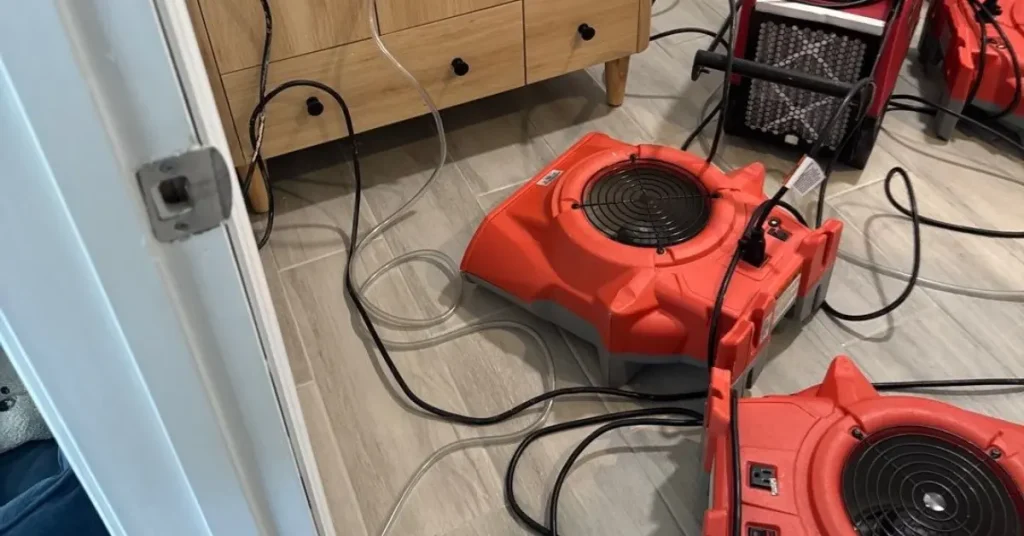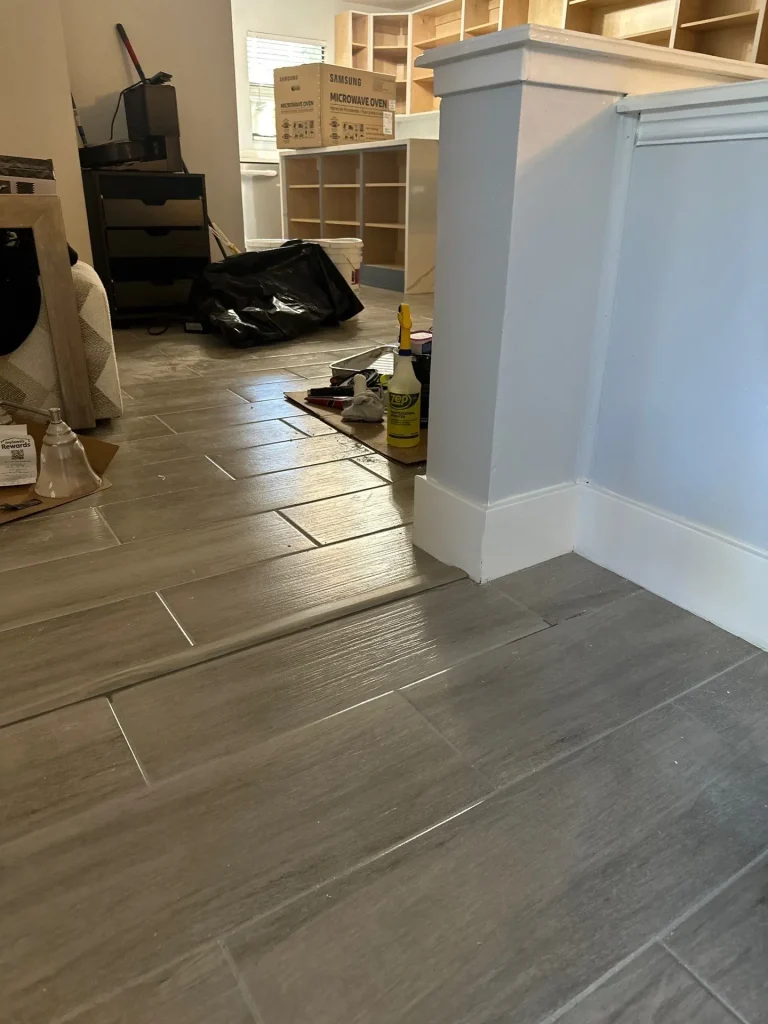
Discovering water damage in your home is a stressful experience. It can be overwhelming, and you might not know where to start. We get it, and we’re here to help you through it. Dealing with a flooded house requires quick thinking and a clear plan. This guide will walk you through the essential steps to take right after you find water, ensuring you, your family, and your property stay safe. Let’s get your home back to normal.
Immediate Actions When You Have A Flooded House
Your first priority is safety. Before you do anything else ion your flooded house, you need to address the most immediate dangers. Water and electricity are a dangerous mix. So, it’s critical to handle this situation carefully to prevent any accidents. Taking the right steps from the very beginning can make a huge difference in the outcome of your cleanup and recovery efforts. It protects both you and your property from further harm.

Turn Off Electricity and Call for Help
If you can safely reach your home’s main breaker box, turn off the electricity. If you have to walk through water to get to it, don’t! In that case, call an electrician for help. Once the power is off, it’s time to call for professional assistance. A water damage restoration company has the right tools and training to handle a flooded house safely and effectively. They can start the drying process right away.
How to Start the Cleanup Process After a House Flood
Once the professionals have arrived and the area is safe, the cleanup of your flooded house can begin. The goal is to remove the water as quickly as possible. The longer water sits, the more damage it causes. Starting the cleanup promptly is key to salvaging your belongings and the structure of your building. A systematic approach will make the process much more manageable and less overwhelming for you and your family.
Document the Damage for Insurance Claims
Before you move or throw anything away, take pictures and videos. Document everything. Your insurance company will need proof of the damage. Make a detailed list of all damaged items, including furniture, electronics, and personal belongings. This documentation is crucial for a smooth insurance claim process. Having clear records will help ensure you get the compensation you deserve for your flooded house. This is a very important step.
Preventing Mold and Keeping Your Flooded Home Safe
With the standing water gone, the next concern is what the moisture leaves behind. A damp environment is the perfect breeding ground for mold. Preventing mold growth is essential for your health and the safety of your home. A flooded house needs to be dried out completely. This means not just the surfaces but also the air itself. Proper ventilation and dehumidification are your best friends in this stage.
After dealing with a flooded house, you need to focus on drying everything out. Here are a few key steps:
- Open up windows and doors to get air circulating.
- Use fans to help speed up the drying process.
- Rent or buy a dehumidifier to pull moisture from the air.
Taking these actions quickly helps stop mold before it can start. A dry home is a safe home. Remember that a flooded house can have hidden moisture, so be thorough.
FAQ
What are the common causes of house flooding?
A flooded house event can happen for many reasons. Often, it’s due to a natural disaster like a hurricane or heavy rains overwhelming drainage systems. However, problems inside your home are also common culprits. An appliance malfunction, like a leaking water heater or a burst pipe, can release a surprising amount of water. Even a clogged gutter can cause water to enter your home.
How do you keep your home safe from home flooding?
To protect your home from being a flooded house, start with maintenance. Regularly clean your gutters and ensure the ground slopes away from your foundation. Inside, consider installing a sump pump in your basement or crawl spaces to handle groundwater. A backflow valve on your main drain can prevent sewage from backing up. Having flood insurance provides a financial safety net for any homeowner.
Is repairing your flooded home worth it?
Deciding whether to repair depends on the extent of the flood damage and your resources. Assess the structural damage; if it’s severe, costs can be very high. Compare repair estimates with your home’s value and your flood insurance coverage. For many, repairing is the right choice, but if the home is in a frequent flood zone, a homeowner might reconsider.




